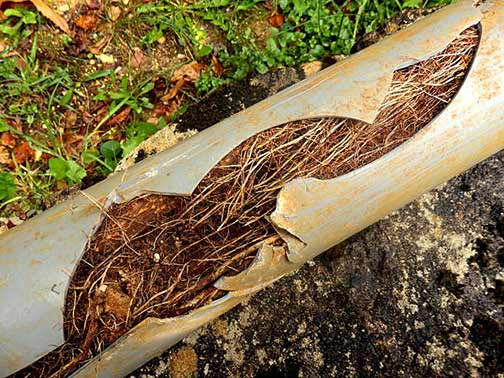
Sewer line problems in your home can disrupt the function of your plumbing, even to the point of preventing you from using the system, says Allegiant Management Service. That’s because all the wastewater generated from your plumbing fixtures and water-using appliances ultimately finds its way into the sewer line.
If, for some reason, wastewater is unable to pass through the sewer line, you must stop using the fixtures and appliances in your home. If you ignore the problems in your sewer line and keep using your plumbing as usual, you may have a sewer backup inside your house.
This is why it is essential to pay close attention to your sewer line and deal with problems in the system promptly and decisively. Today, we discuss five common sewer line problems and their solutions.
- Clogs and blockages
These can happen as a result of natural and artificial causes. It is normal for some debris to be left inside the sewer pipes as wastewater flows through them. However, if fats, grease, oil, and other food scraps are allowed to enter the drainage system, it will worsen the problem and make the sewer line prone to clogs. Flushing anything but toilet paper, water, and human waste into the toilet will also cause sewer line blockages.
How to fix it
The first step is to stop putting the wrong things into your drains. Secondly, if your drains are showing signs of being blocked, professional drain cleaning can solve the problem. Depending on the type of debris inside the pipes, sewer rodding or hydro jetting will remove the debris and restore the normal flow of water inside the line.
- Tree root infiltration
Tree roots and sewer lines do not coexist very well. If there are trees and shrubs with invasive root systems in the vicinity of your sewer line, there is a chance that the roots will find their way into the pipes. If this happens, your sewer line will be clogged and eventually blocked.
How to fix it
The most straightforward solution for tree root infiltration into a sewer line is to cut down the trees. If this is not a desirable option, installing tree root barriers will protect the sewer line. To get rid of tree roots that are already inside the line, professional drain cleaning (hydrojetting or sewer rodding) can remove blockages from the line.
- Leaky pipes and weak joints
Clogs, tree roots, ground movement, aging, and installation errors and corrosion can cause leaks and weak joints in your sewer line. These problems cause foul odors in your home, sinkholes and wet patches around the yard, and pest invasions of your property. A leaky sewer line may even damage your walls, flooring, and foundation.
How to fix it
A leaking sewer line can be fixed by patching up the affected sections. But a major sewer line leak can only be addressed by replacing the damaged sections. This is usually done with trenchless pipe repair methods such as pipe relining and pipe bursting. Excavating a sewer line is necessary only when the damage to the line cannot be repaired with trenchless pipe repair methods.
- Pipe corrosion and deterioration
Four key factors that play a major role in the deterioration of a sewer line are the type of pipe materials, the age of the line, hard water, and soil acidity. Clay and metal sewer lines are more susceptible to aging, chemical degradation, and corrosion. Areas with hard water and acidic soils also tend to record higher levels of sewer pipe corrosion.
How to fix it
The only way to fix an aging or decaying sewer line is to replace it. Depending on the extent of the damage, you may need to replace the entire line or only the damaged section. To shield your sewer line from damage due to exposure to hard water, a water softening system should be installed in the home.
- Collapsed or bellied pipes
The ground above a sewer line can become unstable as a result of heavy rainfall, underground pipe leaks, and construction activities. If there is movement in the soil around it, a sewer line can lose its support and sag. The sagged portion of the line will then trap wastewater and debris, leading to recurring clogs and blockages in the system.
How to fix it
The only solution for a sagging sewer line is to replace the affected section. Thankfully, it is possible to replace a damaged sewer line without digging it up by using new technologies collectively known as trenchless pipe repair, which include methods like pipe bursting and pipe relining.
How will I know if my sewer line has any of these problems? That is where proper diagnosis by a professional plumber comes in. Before attempting to fix the issues in your sewer line, it is important to thoroughly check the system to understand the problems.
The most effective way to do this is with a sewer camera inspection. This involves using a special waterproof camera to view the inside of the sewer line in order to assess its true condition from close range. Sewer camera inspection ensures accuracy and cost savings when fixing sewer line issues.

